Are skin peels safe?
Your skin protects your body from the outside world, so it’s no surprise that many people are concerned that peeling will ‘thin the skin’ and therefore be harmful.
It’s true that skin peels thin the skin, but it’s only a little thinning, and only on the very surface. A chemical peel dissolves the cellular ‘glue’ that keeps old dead skin cells stuck to the surface of the skin. Removing these dead skin cells gives a very small thinning of the outermost layers of the epidermis, revealing a fresher surface beneath. This fresher surface is smoother, reflects light better, and absorbs skin products better.
A related concern is that ‘thinner’ skin will mean skin that is more fragile and worse protected, but because the ingredients used in chemical peels also stimulate skin repair in the lower levels of the skin, they actually thicken the dermis (the lower layer of the skin) and improve its health, so overall, your skin will be left in better shape.
Do skin peels work?
Yes, skin peels definitely work. They are a proven way to freshen up the surface of your skin.
The more skin the peel removes, the greater the effect on the surface of your skin, but the longer the recovery time needed. Old-fashioned peels using stronger acids make most of the top layer of skin peel off, and it takes a week or more for fresh skin to grow. But these days you can also choose peels that use less ferocious acids; these acids make less skin peel off, and your skin recovers much more quickly.
Do skin peels hurt?
This depends on the type of skin peel, the acid or acids used, and the sensitivity of the area you’re having treated. With some acids, you may feel no discomfort at all – but other acids can make your skin itch and sting until they are neutralised.
Where can I get a skin peel?
You can use the Find a Practitioner tool on this website to find a practitioner who offers skin peels.
How much do skin peels cost?
The cost of skin peels varies depending on the type of peel, the clinic, and the area you’re having treated. A light peel may cost £60 to £100, whereas a deep peel may cost up to £500.
Many clinics offer discounts on courses of light peels. You would not normally need a course of deep peels.
How long do skin peels take?
A skin peel typically takes from 20 to 60 minutes, depending on the details of the treatment.
After a medium-depth peel, you will likely need three to seven days of downtime while the new skin grows. After a deep peel, you will need up to two weeks of downtime.
How long do skin peels last?
How long the effects of a skin peel last depends on the depth of the peel:
A light peel typically lasts from one to two months.
A medium-depth peel normally lasts from two to six months.
A deep peel can last several years.
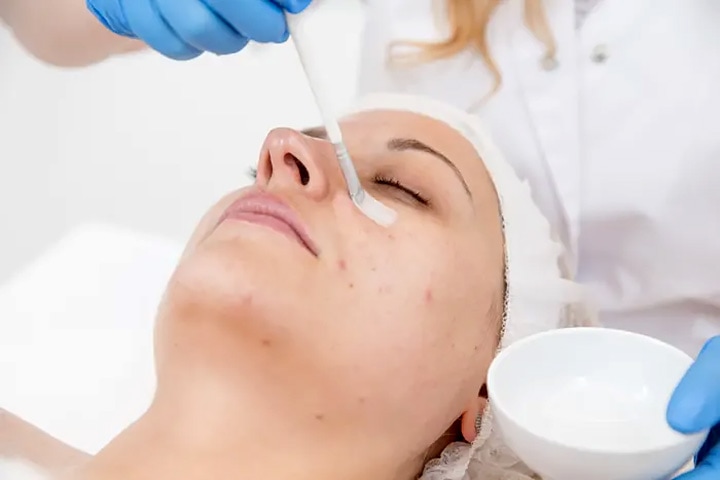



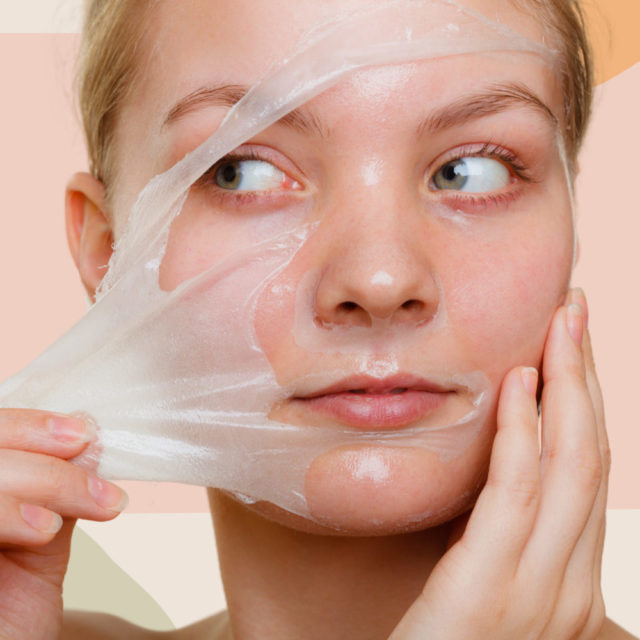


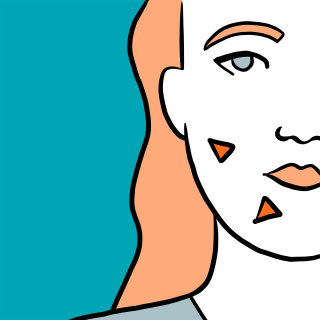
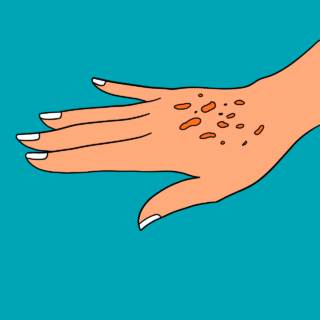
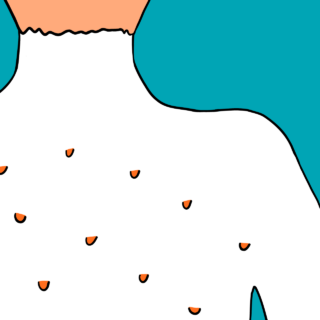
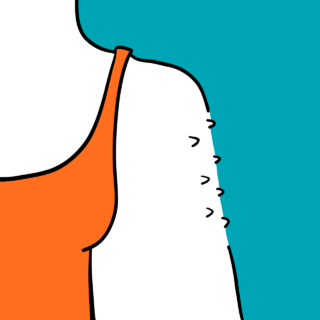

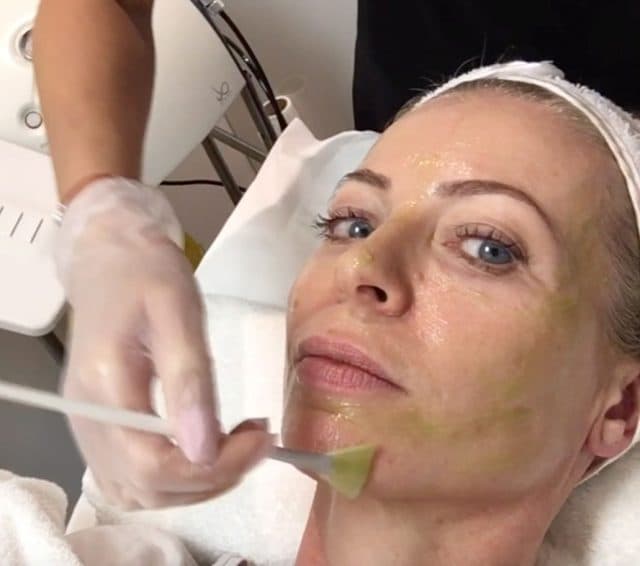

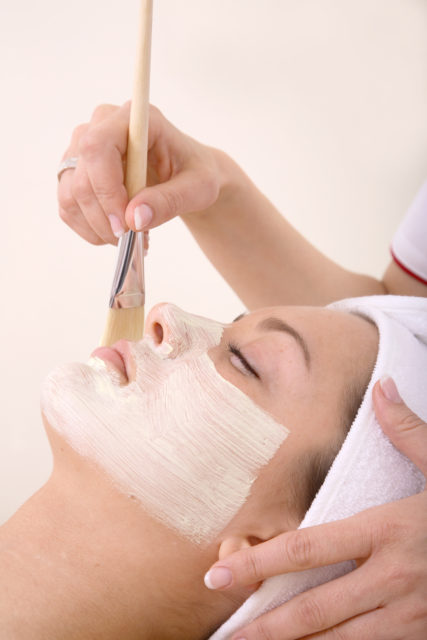


 The Tweakments Chatbot
The Tweakments Chatbot